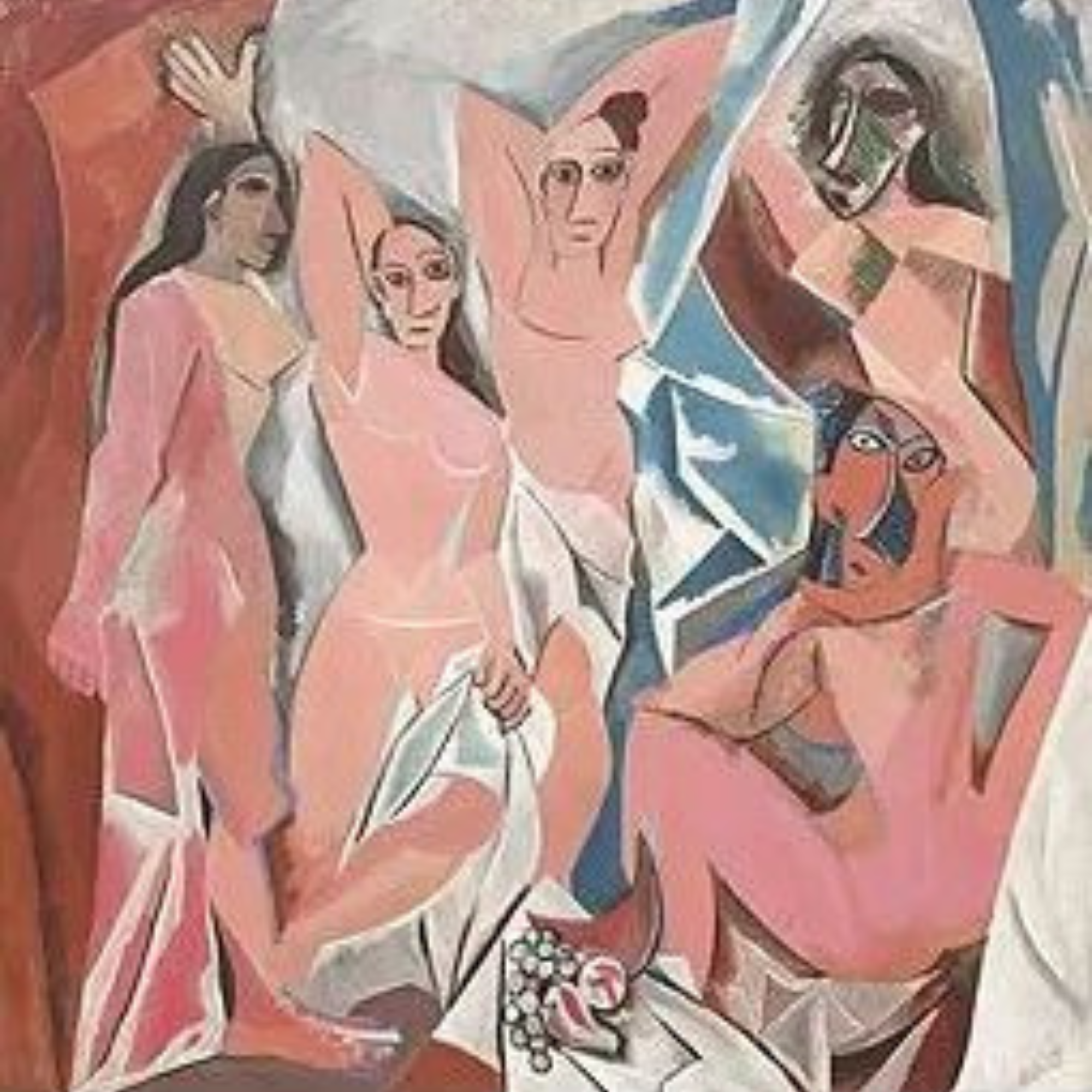Influence of Shona Art on Picasso
Picasso's art continues to be highly coveted by collectors and investors, and it's no surprise given his significant influence on modern art. However, what's lesser-known is that Picasso drew inspiration from Zimbabwe's ancient shona stone sculptures, a unique abstract art-form that dates back to the 10th century.
In the early 1900s, Picasso began collecting African and Oceanic art, which was highly influential on his work. He was particularly drawn to the geometric forms and expressive qualities of African masks and sculptures. At the time, Shona sculpture was not yet widely known in the West, but it is possible that some of the pieces he encountered were from the Shona tradition.
Shona sculptures are characterized by their abstract and geometric forms, often depicting human figures or animals. These qualities are also evident in Picasso's work, especially in the angular, fragmented forms of the figures in "Les Demoiselles d'Avignon." Some art historians have suggested that the figures in the painting may have been inspired by the traditional Shona practice of depicting multiple perspectives of a single figure in one image.
Frank McEwen (1907-1991), Zimbabwe's first director of the National Art Gallery, was a close friend of Picasso and played a major role in introducing shona sculptures to an international audience. McEwen often sent photos and sculptures to Picasso, who saw similarities in his own work. Picasso once remarked, "everything I need to know about Africa is in these objects."
Today, Zimbabwean shona artists still create mother and child sculptures, which have become one of the most famous artistic themes. The influence of shona sculpture on Picasso's work is clear when comparing pieces such as Les Demoiselles d'Avignon and bust of a woman to shona sculptures.
In conclusion, while the influence of Shona sculpture on Picasso's work is debated, it's clear that African and Oceanic art played a significant role in shaping his artistic style. Picasso's interest in shona sculptures and African art in general was likely due to their expressive qualities and unique abstract forms. The influence of Frank McEwen (1907-1991), who introduced shona sculptures to an international audience and was a close friend of Picasso, cannot be overlooked. Ultimately, Picasso's work and legacy continue to inspire and influence artists around the world.
